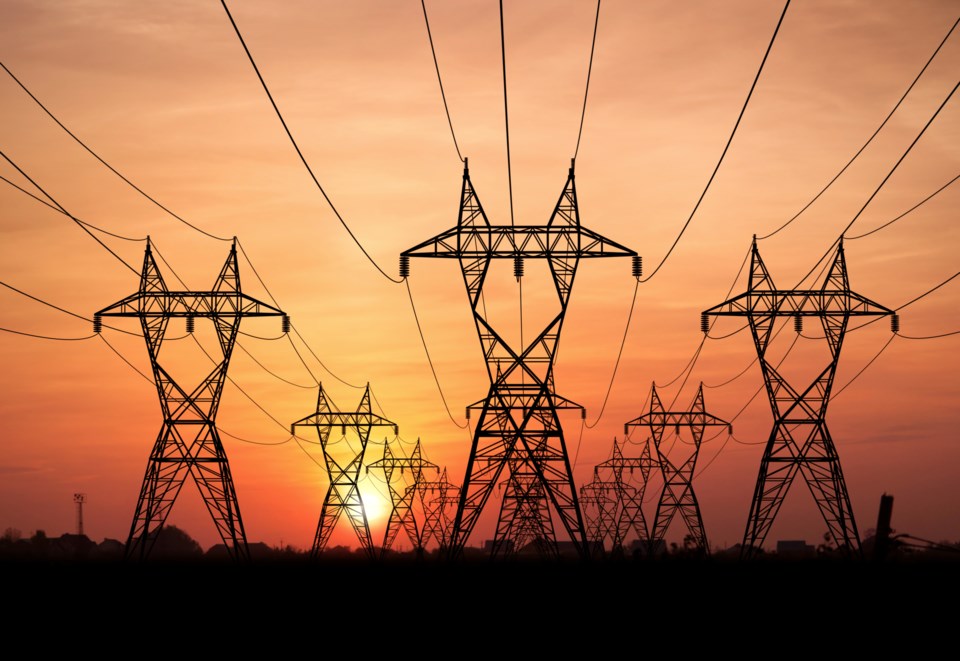The holy grail of “net-zero” is electrification. Over time, this solution to the problem of global climate change envisions that today’s fossil fuel-centric energy system will transition to one run by water, wind, solar, biofuels, hydrogen, nuclear, and – maybe eventually – fusion.
In many countries, eliminating fossil fuels in the electric sector is the key step in the broader quest for net-zero. It won’t be easy, even in Canada.
Few Canadian politicians championing net-zero have any idea how much additional electricity – not just capacity, but reliable watt-hours – will be needed to deliver on their commitments. Fewer still understand the infrastructure requirements of moving to an electric-based energy system. And we doubt many have thought much about the massive capital investments needed to finance an energy transition, the implications of electrification for our regulatory processes, or how the public will respond to the construction of hundreds of billions of dollars of new generation facilities and supporting infrastructure.
Canada is unusual globally in that our electric system already is mostly greenhouse gas (GHG) free, with about four-fifths of its generation coming from water, nuclear, and other renewables. But electricity satisfies only a modest slice – roughly one-fifth – of Canada’s total primary energy demand. Fossil fuels provide the bulk of the energy used in transportation, heating, agriculture, and industrial activity. Over time, it will be necessary to rely on electricity for a growing portion of the energy consumed in these sectors.
Converting aggregate energy consumption to a single common unit – gigawatt-hours, which is how we measure useable electricity – and setting 2019 as a reference year, we recently calculated that Canada would need at least 20 new projects, each matching the output of British Columbia’s Site C dam, to reach a 100 per cent clean electricity system – a goal the Trudeau government has legislated for 2035. The national electricity industry association published a similar estimate a few weeks ago.
Site C is a large venture, one that’s been plagued by delays, soaring costs, and substantial legal risks. It’s hard to imagine Canada pursuing dozens of projects of similar size. Another option would be to develop hordes of smaller generation facilities, possibly with a couple of bigger ones tossed into the mix, in order to significantly expand the production of clean electricity. Regardless of the choices made, decarbonizing the Canadian electric system by 2035 means a lot of new energy projects.
Note that our estimate of 20 new generation facilities on the scale of Site C is conservative. It ignores the impact of Canada’s growing population on future energy consumption. And it doesn’t consider how policies and actions to substitute GHG-free electricity for other forms of energy, like electric vehicles in place of traditional vehicles, will influence the demand for electricity.
Canada has become an increasingly difficult place to pursue industrial development, including linear infrastructure of any kind. It can easily take more than a decade to get a sizable project approved, permitted and even partly constructed, even if there is strong government support. Our environmental review processes, permitting systems, legal obligations to consult with and accommodate Indigenous communities, related time and administrative costs, and public and interest group opposition to proposed industrial activities are all impediments to proceeding quickly with energy-related projects in Canada.
Even if we could attract the capital to speed the journey to GHG-free electricity, let alone an electricity-based energy system, are Canadians willing to accept new projects, including transmission lines, in their backyards? Are policymakers prepared to overhaul cumbersome project review and approval processes to expedite the shift to “net-zero”? And what about costs? Huge investments in new generation and transmission assets inevitably will lead to higher costs for consumers, even though the cost per gigawatt-hour of electricity has declined for some types of renewable energy projects, notably wind and solar.
Politicians tend to wave away knotty issues such as these as if they are inconsequential. Rest assured, they are not. They lie at the heart of the challenges and trade-offs that will have to be confronted in the years ahead. The costs and consequences of an accelerated, largely politically determined energy transition are not well understood. That is worrisome. Bold vision without a solid grasp of the facts and context and a realistic plan of execution amounts to hallucination. We see plenty of that in Canada today.
Jock Finlayson is Senior Policy Advisor at the Business Council of B.C., where Denise Mullen is Director of Environment and Sustainability.
©




